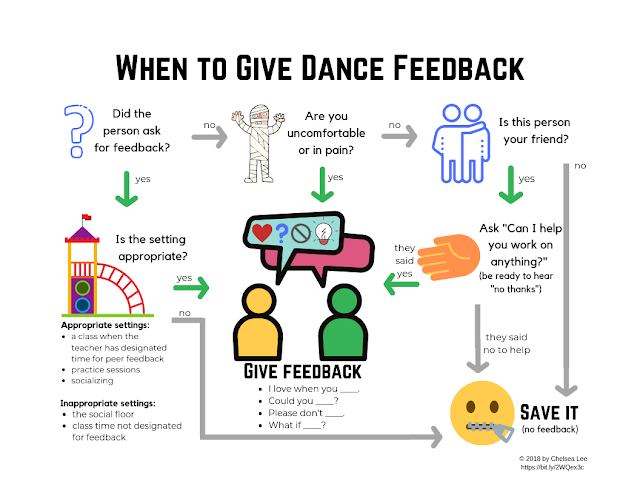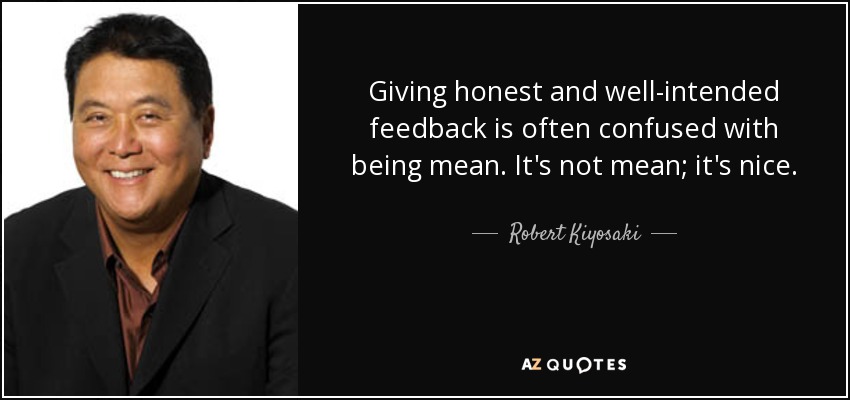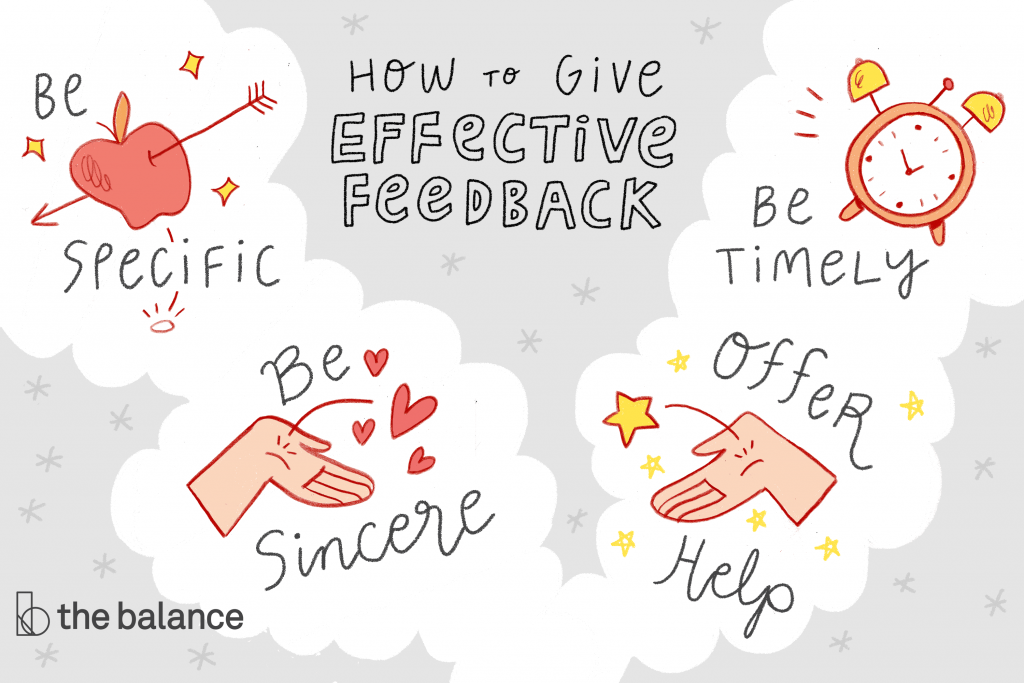Providing feedback the right way is a critical part of the job of a parent, teacher, manager, friend, customer etc. Feedback provided the right way can help one to deepen relationships and become better at tasks at hand. A botched up feedback can turn a reluctant person into a rebel, beginner struggles into permanent disinterest and wasted talent. Last time we looked at ways to keep people motivated through right praise, let us know look at a even more vital aspect of sharing feedback the right way.
When to give Feedback:
Only when appropriate:
When your spouse is asking you about her new haircut, she is looking for validation and not feedback. It’s not much different from when your 5 year old artist shows his new painting. Distinguish between validation seeking and feedback seeking and act accordingly.
Giving feedback is a huge responsibility and is to be not taken lightly. Constantly providing feedback also may make the other person feel inadequate. May be it is just your way of doing things and not THE RIGHT way of doing things. So pause and evaluate the situation before you offer advice/feedback.

Make it immediate:
This often happens in a marriage. Partners pile up their discontent on the spouse and on one day, a partner loses his/heir her cool and comes up with a list of all the the terrible things their spouse had done but they had graciously forgiven and never mentioned, from prior to their marriage which happened a few decades back to until what happened last evening. When you choose to not mention something, you have not given your spouse an opportunity to learn and consider your feelings in similar situations. If you have not mentioned it immediately, you can’t bring it up later too. Truly let go. If you are angry about something that your partner did now, speak about it in the now, and once resolved or agreed upon, try never again to mention it.
How to Give Feedback:
State the Facts first:
Instead of leading with your impression, state the facts first and check if the other person agrees.
Wrong Approach: “You are shirking work a lot these days”
Right Approach: “I see that you were not able to make it to the call yesterday Your absence was noticed. Did something come up ?”

Be specific:
A feedback always has to be specific to be useful. A specific feedback enables the giver to be able to share needs for improvement without becoming judgemental and gives plenty of action points for the receiver to consider and act upon. Unfortunately we hear a lot of these even in the reality shows.
Non-specific: “There is something missing in today’s performance. There is no chemistry, no oomph factor”
Specific: “You both got your steps absolutely right and in rhythm. But the eye contact was minimal and the face was very serious. It made me feel like I was watching a well rehearsed drill rather than two lovers dancing in joy”
Make it on the Act, not the person
Make the feedback about the action and not the person or personality.
Wrong Approach:”You are so rude and arrogant. You never let me talk. ”
Right Approach: “I know you have something important to say, but interrupting affects by train of thoughts. I’d prefer you wait until I finish saying my part”
Be open to discussion:
Be open to receive new information and see what the other person has to say. Really listen to what the other person has to say and what they have left unsaid. The slack in work could be because of issues at home or discouragement at work at lack of recognition. It could also be lack of clear communication on not having given defined deadlines or requirements. You were probably the problem and the team member was probably only a symptom.

Be Solution Oriented:
Express your confidence in the other person’s ability to handle the problem and offer assistance. This is a great way to handle rebels.
I once had a rebel employee who was much senior to me and was indirectly reporting to me. His performance records were poor since he joined the project and he showed zero willingness to improve and resisted any supervision or assistance. I found out from his previous project that he was a very good performer in there. I called him in and told him that I have heard great reviews about his work in his previous project and asked him how I can help him to get to similar performance levels in the current one. Although he was still reluctant to open up during the discussion, his commitment to work had gone up significantly and he started asking for help and worked towards getting better post the discussion.
Where to give Feedback:
Make it private and one-on-one:
Remember the school days when teacher made you stand outside the class or kneel down in front of the class. What hurt was never the legs but the ego. If your intention is to help the other person become better, (which is the only valid reason to give a feedback), provide it in safe and private surroundings where the person receiving the feedback need not be worried of his/her image.
Conclusion
Feedback is a powerful tool when delivered well. It can help you groom future leaders, deepen friendships and enable growth. Now would you like to give me feedback on how useful or not you found the posts to be?

One thought on “How to give feedback the right way?”
Comments are closed.